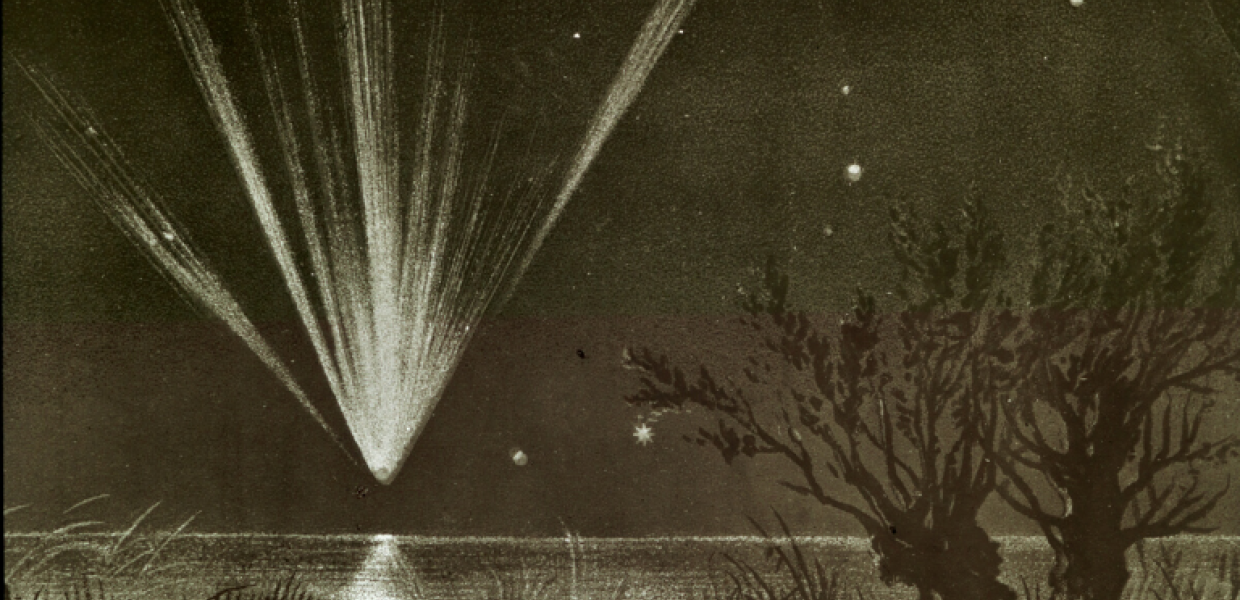Europeana and Time Machine take next steps towards new applications for digital cultural heritage
Marking the end of the first year of the Time Machine project, a conference in Brussels last week outlined the exciting potential for the future of the initiative. Europeana Executive Director Harry Verwayen was there to discuss how Europeana’s continued collaboration in Time Machine can provide the building blocks for new applications of digital cultural heritage.
Last week in Brussels, project partners and policymakers from across Europe gathered for the final conference of the first phase of the Time Machine project. Time Machine is a large-scale research initiative using the big data of the past to create a huge distributed digital information system mapping Europe’s social, cultural and geographical evolution across time.
Europeana has been a partner in the Time Machine Project since its beginning. The data models, licensing, quality and impact frameworks which Europeana has developed over the last decade have provided an invaluable basis for the Time Machine Project to build on. Meanwhile, the research and development capacity of Time Machine will open up an exciting new phase in how Europeana can develop applications for heritage data.
Gail Kent, Director of Data at the European Commission, opened the conference. She says, ‘The relationship of cooperation and complementarity between Europeana and Time Machine, as expressed in the statement of collaboration signed last year, will be beneficial for the future of both projects and ultimately for the future of the whole European cultural heritage sector.’
Harry Verwayen, Europeana’s Executive Director and Vice President of the Time Machine Organisation, also highlighted the importance of the collaborative nature of the project in his presentation.
He says: ‘Europeana and Time Machine share a vision of how the data that we have gathered about our shared cultural heritage over generations can be used to aid future research and innovation for the good of society. This project combines the very best of our knowledge and expertise to help make that happen.’
The conference looked at the potential for Time Machine to result in innovative new applications of digital cultural heritage. For example, how new technologies will make it possible to engage students with cross-reality applications which deepen their understanding of historical events and help develop their critical thinking.
While the conference on 17 February marked the end of the first phase of the Time Machine, it also looked forward to the future of the project and set out a 10-year roadmap to achieve its goals. A key step is the founding of the Time Machine Organisation, a governing initiative to drive forward the project and ensure its sustainability through continued collaboration and dedicated projects in EU funding programmes, such as Horizon Europe. Over 500 institutions have now come together to form the Time Machine Organisation and institutions can continue to join.


